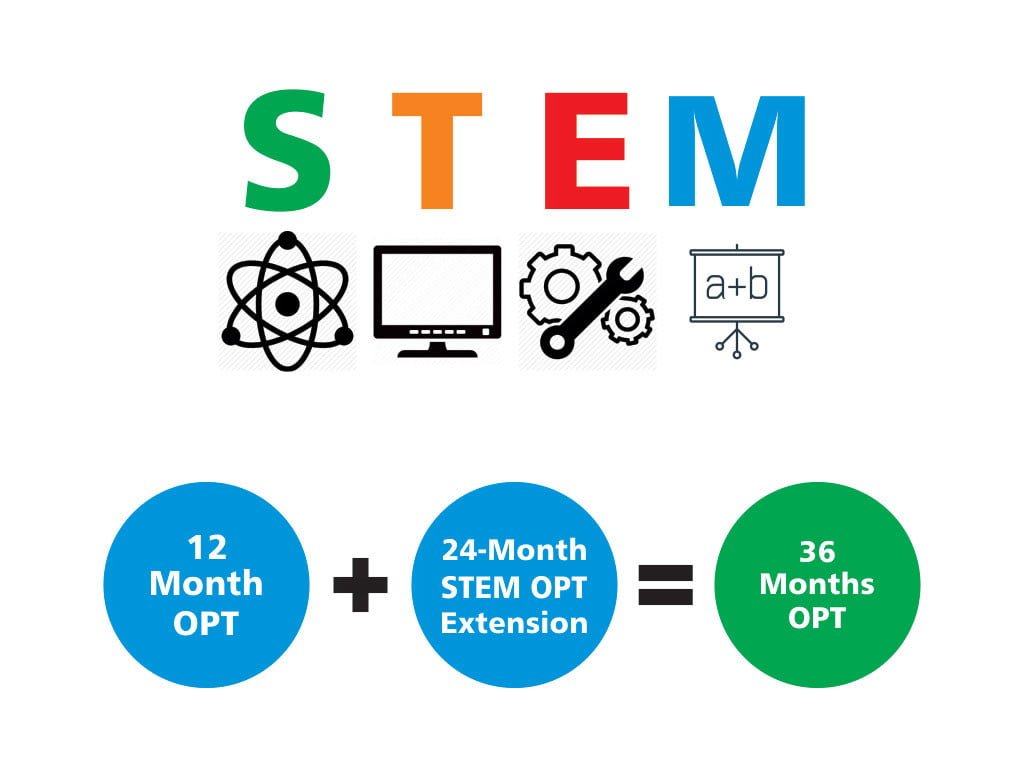Do you want to further your education in the field of finance? Do you dream of attending a U.S. university for your Master of Science in Finance? Read on to find out how you can study abroad to build a successful career in finance.
A master’s degree in finance in the United States is considered a STEM degree (Science-Technology-Engineering-Mathematics). STEM degrees allow students to work on OPT (optional practical training) for a period of 36 months post-graduation. (as compared to the 12-month OPT period granted to non-STEM graduates on a student visa)
Finance is the bedrock of all commercial activity. In today’s dynamic global economy, a strong financial team is essential for every company. This has created a worldwide demand for highly skilled and educated financial specialists. Those with a Master’s Degree in Finance from the US are considered highly valuable employees for any financial institution, whether they work in banking, financial research, or investments. The latest Occupational Outlook Handbook from the U.S. Bureau of Labor Statistics projects a 6% increase from 2021 to 2031 in jobs related to Finance. Despite the competitive employment market, especially for international students, the United States is a great place for finance majors to launch their careers.
Overview: MS in Finance
The Master of Science in Finance is also known as Masters of Finance degree in some universities. The course is offered from 10 to 24 months, depending on the university. This course is offered in around 50 universities across the United States. Study of the principles, processes, and practices of investment analysis, portfolio management, corporate finance, financial risk management, quantitative methods, financial data analytics, and valuation are some of the core subjects covered in a typical US Master’s of Finance program. Financial Engineering, Real Estate Finance, Hedge Funds, Mergers & Acquisitions, Fixed Income Securities, and many more electives are available to students. Graduates will be equipped to take on leadership roles in a wide range of finance-related fields, including but not limited to: corporate finance, financial institutions, investment banking, risk management, capital markets, financial modeling, behavioral finance, econometrics, investment management, and more.
Advantages of pursuing MS in Finance
- It’s a more practical and efficient way for students to become financial experts in a short amount of time.
- Unlike an MBA, a Master of Science in Finance focuses primarily on financial planning and risk management and does not typically require work experience for admissions.
- Following is a list of high paying jobs available to graduates with an advanced Finance degree :
- Investment banking
- Hedge fund management
- Financial Analysis
- Information technology auditor
- Financial software developer
- Private equity associate
- Chief compliance officer
- Chief financial officer
The average salary starts at more than $75000 per year and can range up to as high as $125000+ per year
Admission Requirements for MS in Finance
Prospective students with a bachelor’s degree in finance or a quantitative subject will have a better understanding of the subject. As a result, candidates with a good bachelor’s degree in finance, accounting, engineering, mathematics, science, business economics, or a related quantitative field are ideal for the MS in Finance program. A typical MS in Finance program does not require work experience; however, applicants with some industry experience (ideally 12-15 months) are encouraged. Applicants possessing a CFA Degree (Chartered Financial Analyst) have an added advantage for getting admitted into high ranked US universities. Some universities also require applicants to submit their GRE scores. Candidates must also demonstrate strong academic potential, with a decent GPA.
To meet the English language requirements, international students are required to take the TOEFL or IELTS test. In addition to the aforementioned requirements, many programs require applicants to complete pre-requisite courses in calculus, statistics, business finance, accounting, investments, micro and macroeconomics, and other related subjects before enrolling. Those with undergraduate degrees in finance will have most likely completed these courses during their undergraduate degree term; however, those with time constraints should check with universities, as many offer pre-requisite programs that can be accessed and completed online.
At Dilip Oak’s Academy, we provide detailed guidance on these processes under our Admission Counseling Services, including a selection of universities, documentation process and visa counseling, and mock visa interviews. In addition, as India’s leading Study Abroad Consultants, we have helped more than 30,000 students to secure their dream admits for various universities in America including MIT, Stanford, Cornell, Carnegie Mellon and other top-ranked universities.
We also offer GRE, TOEFL, and IELTS coaching, GRE Self Prep and guide students with university selection, application essays, and visa counseling under our Admission Counseling Services for USA, Germany and UK. To enroll, call us on 91-020-67444222, 91-8007878495.




